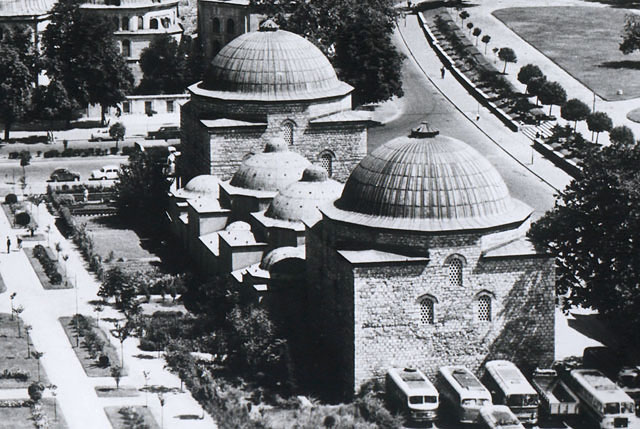Ayyubid and Ottoman Architecture



Annotation
In the Islamic world, women were able to own and control their own property at a time when Christian women in Europe were unable to do so. Many wealthy women endowed public buildings as a mark of their piety. In these examples, we see the way that Ayyubid and Ottoman women used the endowment of public architecture to engage directly in public life. Built in their names and with their money, these buildings demonstrate the prestige some women were able to achieve in the era of the Islamic empires. The first image is of the Madrasa al-Sahiba in Damascus (1233), commissioned by Salah al-Din’s sister Rabia Khatun. The second image, the Mausoleum of Salih Najm al-Din Ayyub in Cairo, was commissioned by Salah al-Din’s wife Shajara al-Durr, to be attached to her husband's Madrasa. The Madrasa was built in 1242, and the mausoleum was added in 1250 after Salih Najm al-Din's death. The third image is of the Haseki Hürrem Baths in Istanbul (1557), which were commissioned by Hürrem Sultan, the wife of Sultan Suleyman I.
This source is a part of the Women in the Islamic World, 600-1600 teaching module.
Credits
Images from ArchNet, http://archnet.org/library/